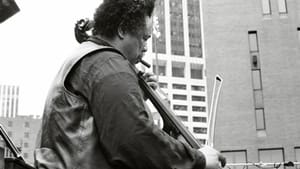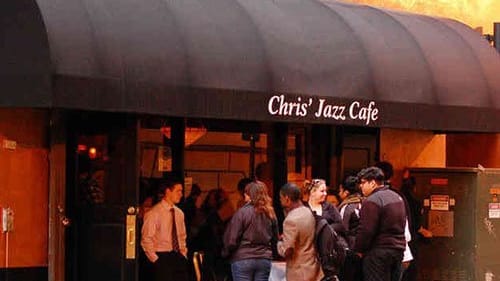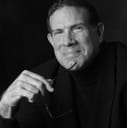Stay in the Loop
BSR publishes on a weekly schedule, with an email newsletter every Wednesday and Thursday morning. There’s no paywall, and subscribing is always free.
Remembering the three-set night
The joy of jazz sessions

At Chris’ Jazz Café in Center City Philadelphia, manager Mary Harris says patrons coming to the first set can usually move to the bar for later sets but may have to pay an additional cover, depending on the attraction. It’s a far cry from the cattle-chute operation at some New York clubs, where patrons are shuttled out after one set. But it may well be an economic necessity, with clubs struggling to keep going at a time when jazz is a far smaller part of the country’s cultural fabric than it was decades ago.
Still, none of that erases memories of a time when a young grad student could hang out for the evening for a cover charge and perhaps one or two drinks.
Balmy air, thick smoke, good music
At the Half Note that spring way back when, Friday and Saturday nights were always the best. John Coltrane played an extended engagement at the Greenwich Village club, and I might go on other nights. But I was a grad student at Columbia and if homework and early classes loomed, I’d have to leave by around 11.
On weekends, though, I could sit, watch and listen to all three sets of Coltrane, McCoy Tyner, Jimmy Garrison, and Elvin Jones until 2am if I wanted, nursing one or two rum and Cokes. When the weather got balmy, I’d walk outside between sets and lean up against one lamppost while Coltrane leaned up against the next one, smoking and, I’d like to think, glancing at me every so often.
It’s a memory that can rarely be re-enacted now, and not only because Coltrane is no longer with us. Rarely can one sit at a table or the bar, sipping a drink until the ice melts or the foam flattens, absorbing the group’s subtle evolution as the evening goes on.
The first set is a tentative warmup; the second goes full-bore; the third develops as perhaps the loosest and most experimental, weaving through the haze of the thickening cigarette smoke.
Conceding that memory plays tricks, I am almost sure I sensed a chemistry between the musicians and clubgoers that evolved through the night and depended, to some extent, on the attentiveness and appreciation they displayed. Sometimes the chemistry — good or bad — was unmistakable, as anyone who ever heard the great Charlie Mingus chew out noisy audiences can attest. But usually it was far subtler: eye contact and nods between audience member and performer, laughter and applause in the right places and not the wrong ones.
Then there were the almost mythical stories that circulated about the nights you missed. Patrons gathered at the bandstand while Lee Konitz backed Billie Holiday. Or Zoot Sims continued to play as the owner tried to close up the club, his sax partner Al Cohn yelling, “Take off the red shoes, Zoot.” It was a great chance to nurse a beer all night and at least have a chance at that third-set energy.

Audience rapport
Like Harris, manager Joel Gordon at Paris Bistro & Jazz Café in Chestnut Hill wants to please patrons who plan to stay the evening. He says, depending on how fully booked the club is, patrons can often remain or perhaps go to the bar. "We’re neighborhood friendly," he says. "We try to accommodate people." Recently, he recalled, patrons at the bar chatted into the night with singer Lucie Daigle. And, no, I never saw that happen with Coltrane.
For an example of musician/audience rapport unlikely to be duplicated today, let’s return to Charlie Mingus.
The tale came to me secondhand and I can’t vouch for it, but any Mingus fan would find it totally believable. An attractive young woman, the story goes, entered a club where Mingus was playing and quickly caught his eye. Walking over to her to strike up a conversation — probably with more than talk in mind — he was quickly but firmly rebuffed. “I’m sorry,” she said. “I’m a lesbian. I come here to relax, enjoy the music, and sip bourbon.”
“OK,” Mingus said. “Have a nice evening.”
The lady returned often, but Mingus rarely spoke with her until one night, in mid-number, he saw a man not just making a play for her but being clearly persistent and annoying about it. Mingus — who had the size and belligerence of a National Football League nose tackle — put down his bass, walked over to the man, loomed over him, and said, “Listen. She’s not interested. She comes here to relax, enjoy the music and sip bourbon. So beat it.”
He then returned to the bandstand, picked up his bass, and continued the set. I’m not sure at what point in the evening the incident took place, but I’d like to think it was early on. By the second or third set, one can hope the music was intense enough to override any interest in extracurricular activities.
Sign up for our newsletter
All of the week's new articles, all in one place. Sign up for the free weekly BSR newsletters, and don't miss a conversation.

 Paul Jablow
Paul Jablow